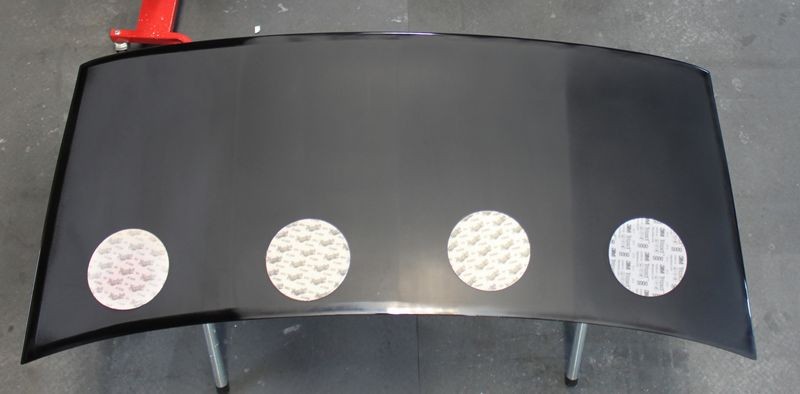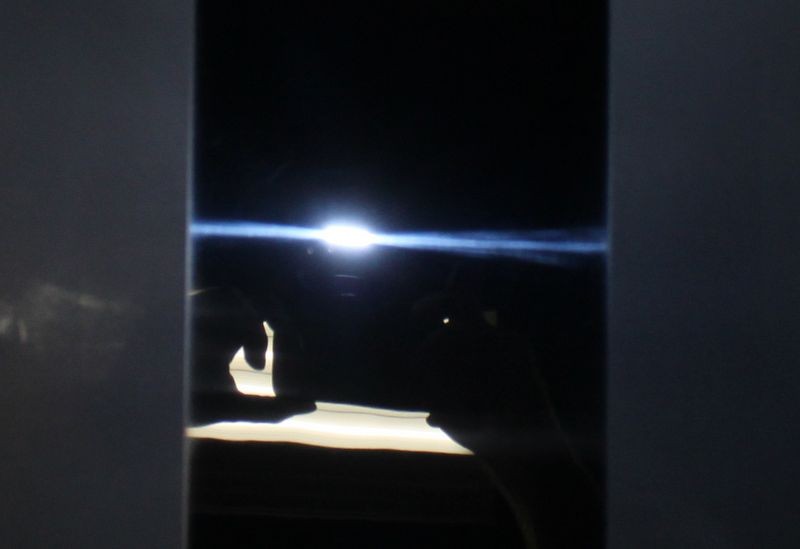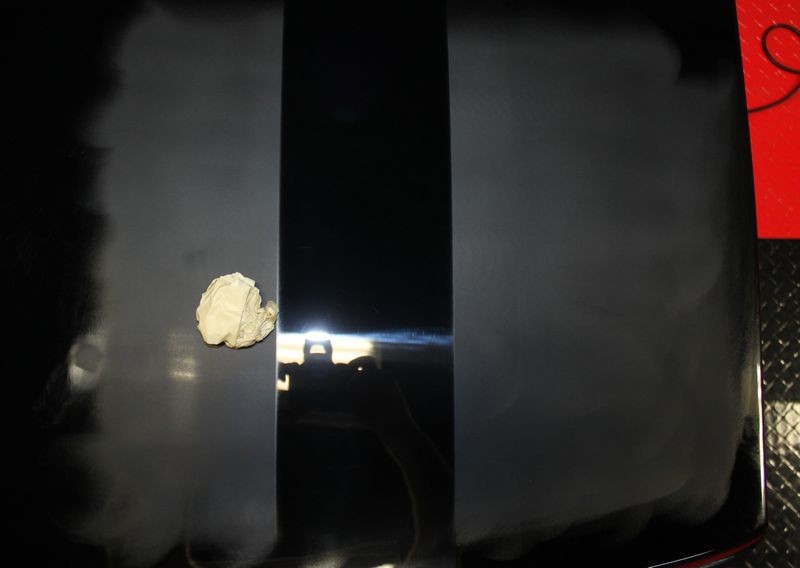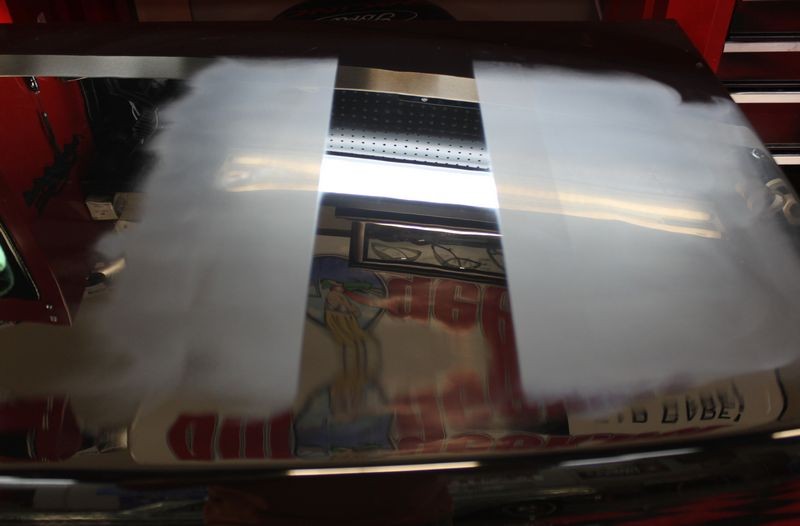I recently re-did the interior wood on my 1991 Mercedes; the wood around the shifter, console, etc.
I used a clear marine spar varnish (spar meaning for exterior so it can expand/contract during weather changes), and it came out looking terrific, like glass, except wavy, because the varnish is fairly thick so it doesn't self-level very well. I think if I would have put 5% mineral spirits in the final coat, it would have helped it dry a bit more flat. Currently, it looks a bit like slight ripples on a lake.
Short of me putting another coat on, which I REALLY don't want to do, does anyone know how I can buff or sand varnish so it gives a nice glass-like finish? When I sand with regular sandpaper like 300 grit (not 3000), it scratches it and turns it opaque since it's scratching it. I tried 2 and 3,000 grit and it sort of does the same, though I did that just 2 days after the final coat was on, and it takes it 7 days to fully cure.
Thanks.
I used a clear marine spar varnish (spar meaning for exterior so it can expand/contract during weather changes), and it came out looking terrific, like glass, except wavy, because the varnish is fairly thick so it doesn't self-level very well. I think if I would have put 5% mineral spirits in the final coat, it would have helped it dry a bit more flat. Currently, it looks a bit like slight ripples on a lake.
Short of me putting another coat on, which I REALLY don't want to do, does anyone know how I can buff or sand varnish so it gives a nice glass-like finish? When I sand with regular sandpaper like 300 grit (not 3000), it scratches it and turns it opaque since it's scratching it. I tried 2 and 3,000 grit and it sort of does the same, though I did that just 2 days after the final coat was on, and it takes it 7 days to fully cure.
Thanks.
















